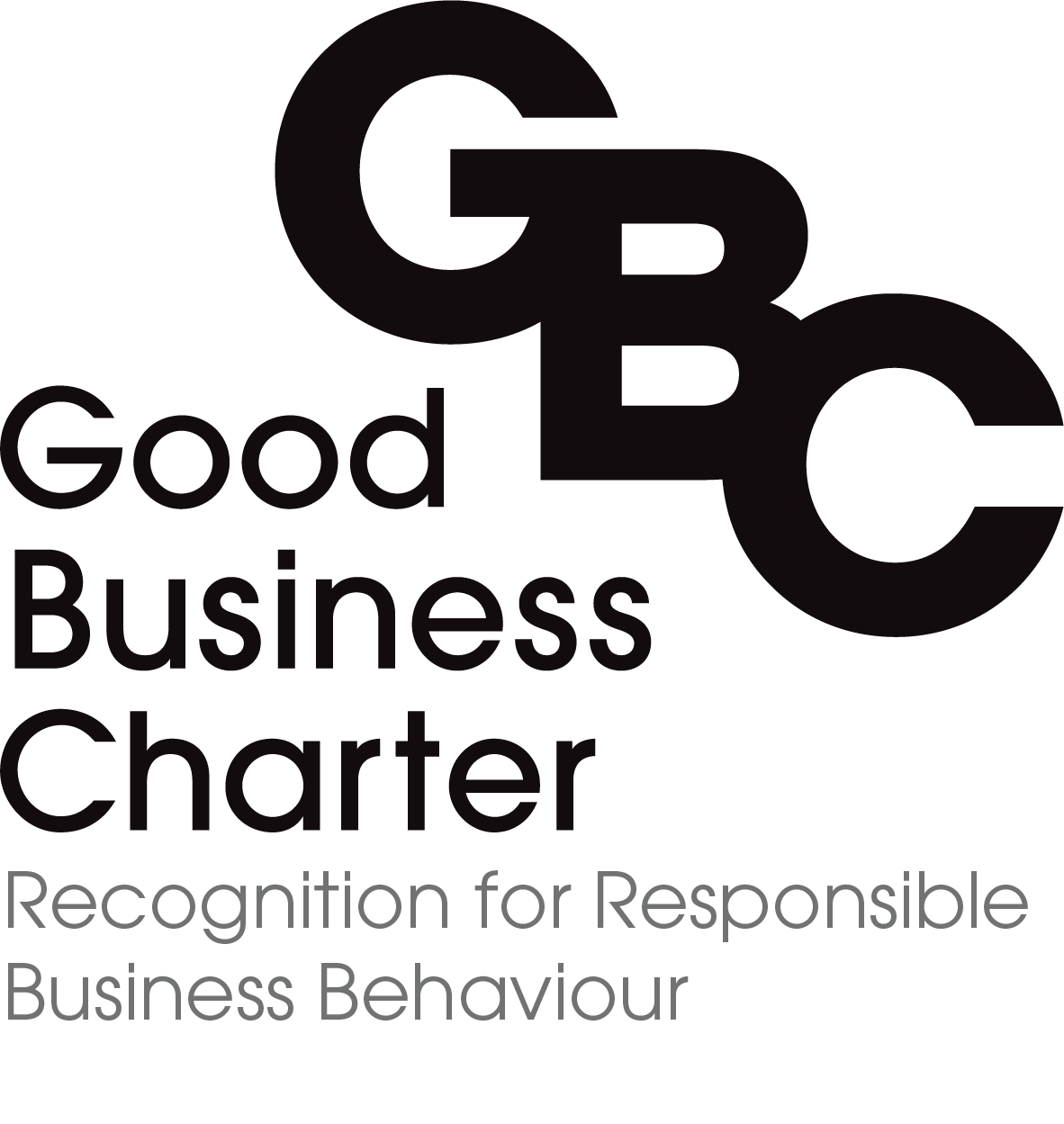Harassment and bullying – It’s time to take it seriously or face the law
There are many forms of harassment still prevalent in the workplace, but movements like #MeToo and the Time’s Up Movement heightened the plight of the sexually harassed and marginalised to the point that governments around the globe were challenged to take a stand on all forms of abuse, which the UK. has done.
Following a lengthy process, the Government published its response to the consultation on sexual harassment in the workplace. And its commitments will have far-reaching implications for organisations and the types of harassment and abuse they guard against.
At a high level, the recommendations provide some comfort to victims with the onus for protecting employees from harassment, abuse and victimisation now placed on the employer. In addition, legislation will soon be introduced where employers found to have not taken reasonable steps to protect their employees from abuse by third parties could be held liable. The other two recommendations relate to providing volunteers and interns with a similar level of protection from harassment and abuse and, finally, extending the maximum allowable reporting period from three to six months.
Far-reaching consequences for both employer and employee
That is because survivors of harassment and abuse state that the reasons for not reporting harassment, bullying and abuse are rooted in fear and a lack of trust. These situations are emotional and charged, and for many employees, there is a lot at stake.
There is a fear of not being believed, fear that they will be tagged as a trouble maker by their colleagues, fear that they may lose their job, and the list goes on.
But possibly one of the greatest reasons that harassment, and indeed bullying, is rarely reported is because they have a lack of trust in the systems intended to support them. In some instances, the problem exists in the line of command that the incident needs to be reported to. Sometimes, it’s a lack of trust in the H.R. department’s ability to deal with certain types of bullying and harassment. Still, the outcome is typically the same, employees bottle it up, which is terrible for the organisation and the harassed individual.
The devastating affect of bullying and harassment
Government maintains that everyone should be able to live and work without the fear of encountering violence or harassment, which is why it has committed to tackling harassment in all its forms.
Types of harassment
Harassment takes many forms – physical, psychological, discriminatory and sexual harassment – and can come from those you work with or third parties like customers and contractors, none of which are ever acceptable.
Most of us think we probably know what workplace bullying is, but it is accurately defined as any unwanted behaviour that makes someone feel intimidated, degraded, humiliated or offended regardless of the place or platform.
The rise in remote work has consequently led to a dramatic increase in Cyberbullying and harassment as perpetrators find power and comfort from the safety of their keyboards and computers. In a Rights of Women survey from January 2021, approximately 45% of women from England and Wales surveyed said they had been sexually harassed on online work platforms.
Bullying and harassment is often missed but can be equally well observed in an organisation because it is based on behaviours that many see as harmless.
- Aggression
- Inappropriate comments, chat or jokes
- Spreading of rumours
- Excluding and marginalising colleagues
- Blaming
- Manipulating
- Setting unreasonable expectations
What you can do now?
- Conduct a risk assessment for the likelihood of bullying and harassment. For example, are there triggers power imbalances that amplify situations where harassment and bullying are present?
- Have policies in place. Ensure that the suite of policies relating to sexual, cyber and other forms of harassment in place cohere with each other – like disciplinary and social media policies – to avoid grey areas and confusion.
- Create a culture of zero tolerance. Make it clear to staff through internal communications channels that harassment and bullying is unlawful.
- Continue to train staff on laws concerning the various forms of harassment and provide a platform for employees to identify and speak up when they feel they’ve become victims of harassment, bullying or abuse.
And those who observe abuse and harassment need to be empowered and brave enough to speak up too. We should never be in a situation where victims suffer at the hands of the abusers and the workplace that is there to protect them.





